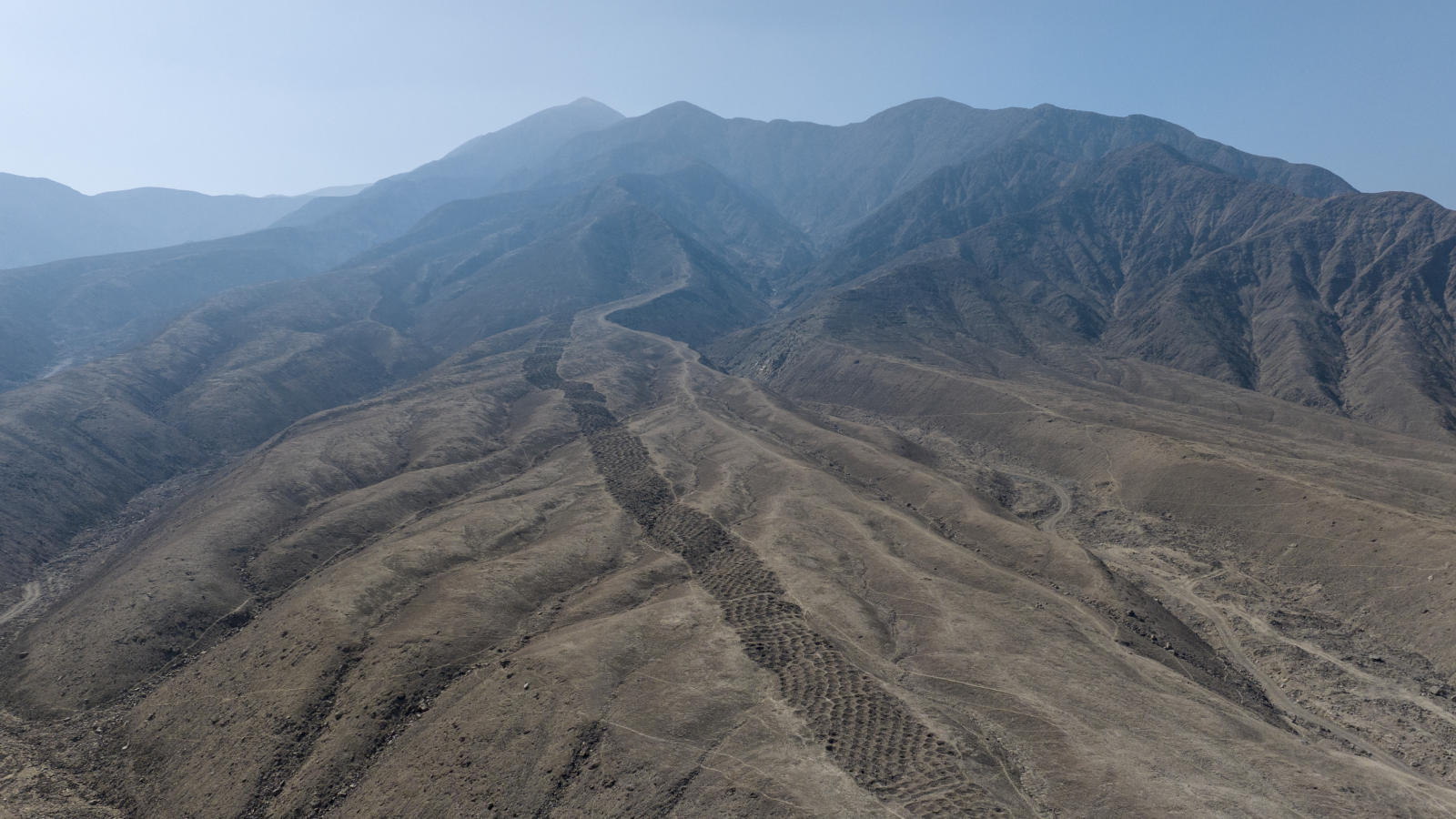Deep-Sea Fish: A Gallery of What We Catch
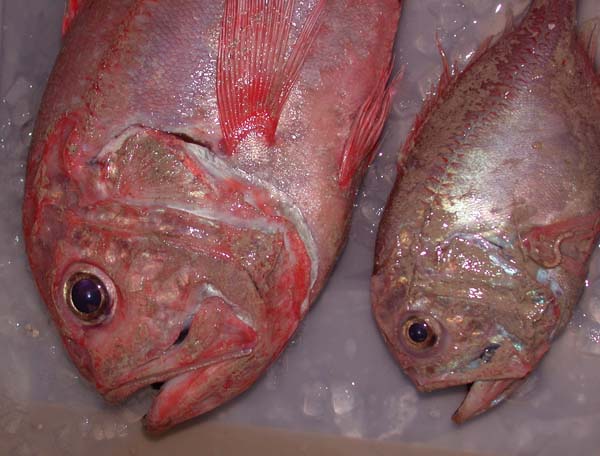
Old Timers

Some deep-sea fish tend to grow more slowly, live longer lives and reproduce only periodically, making their populations easier to deplete. Deep-sea dwelling Orange roughy, like these, can live for more than a century. People began fishing for them in the 1970s near New Zealand. Since then new fisheries have opened up, but catches have plummeted.
In Its Habitat

An orange roughy swims by marine tube worms, clam shells, and carbonate rocks at a cold seep site, where chemicals seep from the Earth's crust at the same temperature as the seawater, near New Zealand.
Roundnose Grenadier
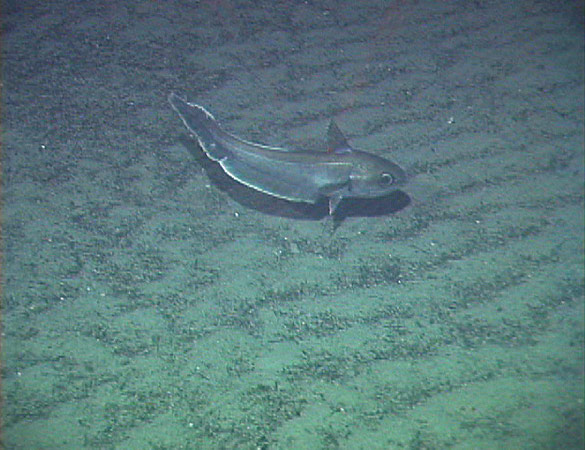
The roundnose grenadier has large eyes and lives in the dark, cold waters of the deep seafloor. There, it feeds on fishes, small shrimp and other invertebrates.
Wreckfish
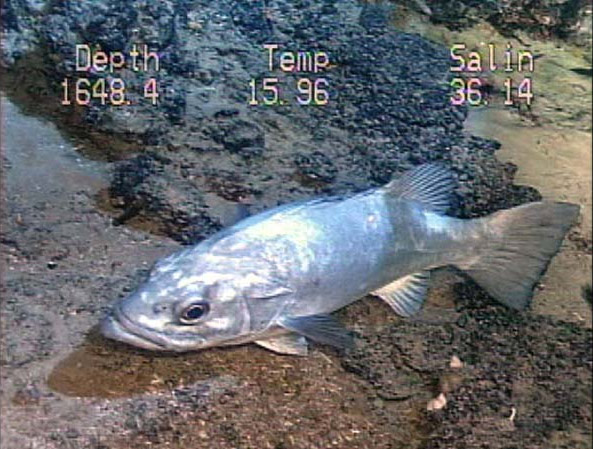
Wreckfish weigh on average about 35 pounds (16 kilograms) and are associated with rocky bottoms of the deep sea.
Outside Its Natural Habitat
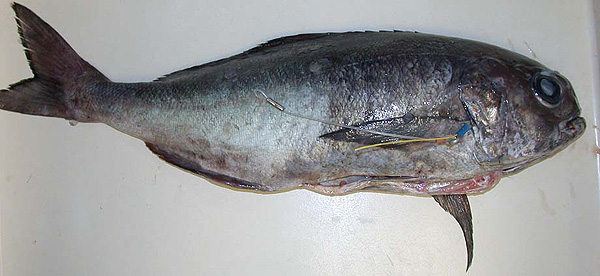
The American barrelfish, like this one, has proved eluded underwater sightings.
Lanternfish Larva
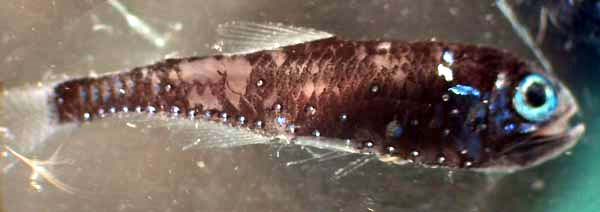
A magnified photo of a myctophid, or deep-sea lanternfish, larva.
Get the world’s most fascinating discoveries delivered straight to your inbox.

